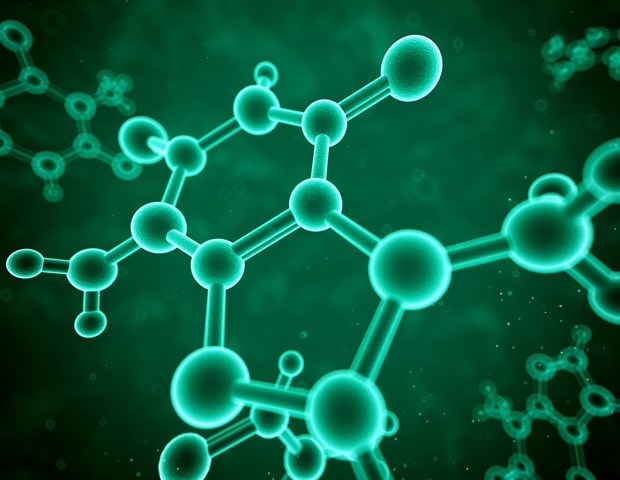
Researchers from the UCLA Samueli School of Engineering and the University of Rome Tor Vergata in Italy have developed synthetic genes that function like the genes in living cells.
The artificial genes can build intracellular structures through a cascading sequence that builds self-assembling structures piece by piece. The approach is similar to building furniture with modular units, much like those found at IKEA. Using the same parts, one can build many different things and it’s easy to take the set apart and reconstruct the parts for something else. The discovery offers a path toward using a suite of simple building blocks that can be programmed to make complex biomolecular materials, such as nanoscale tubes from DNA tiles. The same components can also be programmed to break up the design for different materials.
The research study was recently published in Nature Communications and led by Elisa Franco, a professor of mechanical and aerospace engineering and bioengineering at UCLA Samueli. Daniela Sorrentino, a postdoctoral scholar in Franco’s Dynamic Nucleic Acid Systems lab, is the study’s first author.
Our work suggests a way toward scaling up the complexity of biomolecular materials by taking advantage of the timing of molecular instructions for self-assembly, rather than by increasing the number of molecules carrying such instructions. This points to the exciting possibility of generating distinct materials that can spontaneously ‘develop’ from the same finite set of parts by simply rewiring the elements that control the temporal order of assembly.”
Elisa Franco, professor of mechanical and aerospace engineering and bioengineering, UCLA Samueli
Complex organisms develop from a single cell by sequential division and differentiation events. These processes involve numerous biomolecules coordinated by gene cascades that guide the timing and location of gene activation. When a molecular signal is received, it triggers a series of genes to assemble in a specific order, leading to a particular biological response. A well-known example in biology is the gene cascade that controls the formation of body segments in fruit flies. In this process, genes are perfectly timed to trigger the formation of specific body segments in the correct order.
“We had the idea of recreating in the lab similar gene cascades that, depending on the timing of gene activation, could induce the formation, or the disassembly, of synthetic materials,” said co-author Franceso Ricci, a professor of chemical science at the University of Rome Tor Vergata.
In their study, the researchers used building blocks of DNA tiles formed by a few synthetic DNA strands. They then created a solution containing millions of these tiles, which interacted with one another to form micron-scale tubular structures. The structures only form in the presence of a specific RNA molecule that triggers the formation. A different RNA trigger molecule can also induce the disassembly of the same structures.
Then, they programmed different synthetic genes that produce the RNA triggers at specific times so that the formation and dissolution of the DNA structures can be timed with precision.
By connecting these genes together, they created a synthetic genetic cascade, similar to that of a fruit fly, which can control not only when a certain type of DNA structures forms or dissolves, but also its specific compositional properties at a given time.
“Our approach is not limited to DNA structures, it can be extended to other materials and systems that rely on the timing of biochemical signals,” Sorrentino said. “By coordinating these signals, we can assign different functions to the same components, creating materials that spontaneously evolve from the same parts. This opens up exciting advances in synthetic biology and paves the way for new applications in medicine and biotechnology.”
The research was supported by the U.S. Department of Energy’s Office of Science, the U.S. National Science Foundation, the European Research Council, the Italian Association for Cancer Research, the Italian Ministry of University and Research and Italy’s National Recovery and Resilience Plan -; which is financed through the European Union’s stimulus package NextGenerationEU. Sorrentino holds a fellowship supported by Italian Association for Cancer Research.
Simona Ranallo, a researcher from the University of Rome Tor Vergata, is also an author on the study.
Source:
Journal reference:
Sorrentino, D., et al. (2024). Developmental assembly of multi-component polymer systems through interconnected synthetic gene networks in vitro. Nature Communications. doi.org/10.1038/s41467-024-52986-z.



